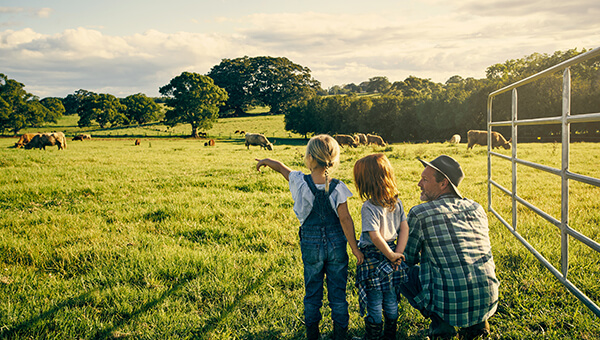With the weather getting hotter and drier, the fire danger period in many parts of Australia is becoming longer, and more areas are becoming susceptible to bushfires.
While it’s important to plan for these events all year round, we’ve pulled together some key tips to help you prepare for this bushfire season.
Most importantly, in the event of a bushfire, don’t risk your life. The South Australian Country Fire Service (CFS) recommends either planning ahead to stay with your home to defend it, or going to a safe area well before the fire is expected to arrive.
1. Prepare months before
Well before fire season, it is a good idea to visit your state fire authority’s website (details below) or call them to get all the information you need to help create your bushfire preparedness plan.
Familiarise yourself with their website and any of their social media channels. Several states also have a mobile phone app that you can download to help you in real time. Knowing where to find your emergency broadcaster such as the local ABC radio channel for fire updates can also be useful.
2. Stay informed
Once bushfire season begins, make a habit of checking the fire danger ratings for your area. Know what your local weather district is so you can access the most relevant and up-to-date forecasts, bushfire alerts and warnings. Armed with the latest information, you’ll be better placed to make a good, early decision. Remember, bushfires can start quickly and may threaten property and lives within moments, so always act quickly.
3. Know your strategy
Before bushfire season starts, make a decision about whether you plan to stay and defend your home in the event of a bushfire, or if you will leave to go to a safe area. If you choose to go, decide in advance which fire danger rating will be your trigger to leave. Have a number of routes planned so that you have options in case there's already a fire in the area. Be sure the entire family has discussed plans for leaving including what to take, what to do with pets or livestock and what will happen if you can’t leave. Have an emergency kit ready that includes important documents, medications, protective clothing, a woollen blanket, a battery-powered radio and torch, along with spare batteries.
4. Protect your home
Preparing your house for a bushfire before it starts can help increase the likelihood that it will survive. Actions you can take include:
- Removing leaves and branches from your gutters and clearing flammable items from around the house.
- Removing potential fuel sources such as woodpiles, outdoor furniture, paint, combustible chemicals, boxes and doormats.
- Turning the valves on LPG gas bottles to point away from the house.
5. Prepare the backyard
Keeping your yard neat and tidy during the year can help to reduce the spread of bushfire. Prune any overhanging branches within 10 metres of the house and keep the lawn mowed to less than 10 centimetres. Replacing flammable mulch with rocks or pebbles, cutting back shrubs near or under windows and tidying the garden of any dry grass, leaves, twigs and loose bark could all help to slow the spread of fire.

